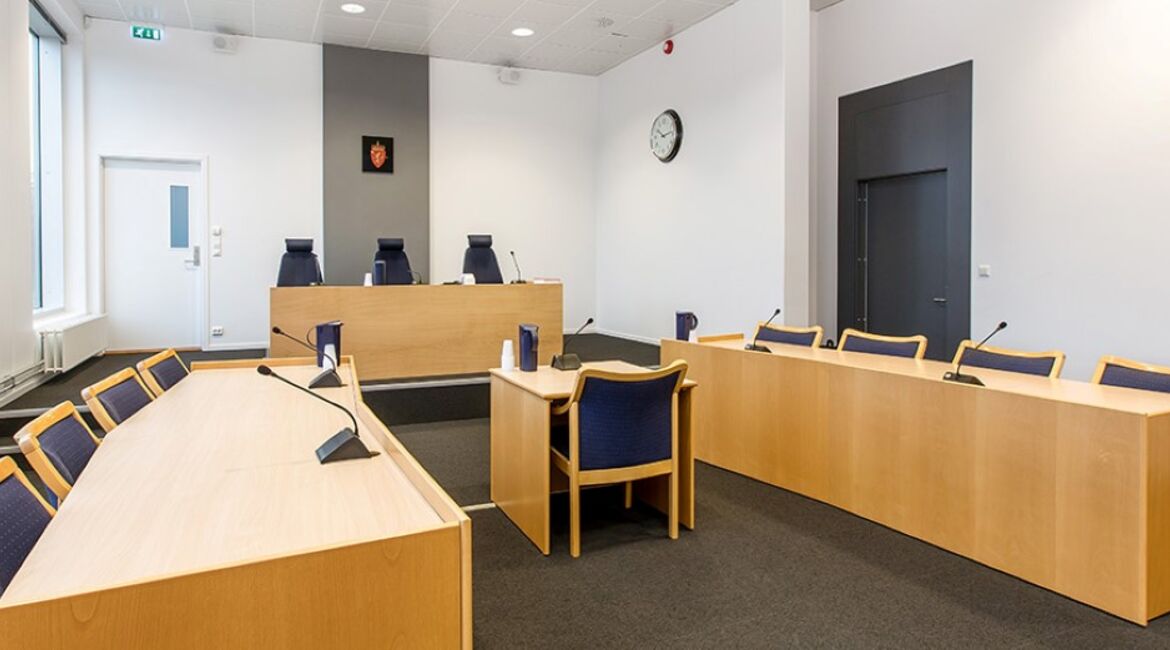In cases pursuant to the Health and Care Services Act, only the municipality can take the initiative to bring a case before the tribunal. Under the Communicable Diseases Control Act, it is the public health officer or the Norwegian Directorate of Health that can bring cases before the national commission for communicable disease control. The procedure described below applies in child welfare cases.
If parents, children or other private individuals who have rights as a party to the case make a claim that must be considered by the Child Welfare Tribunal, they must address the application to the municipal child welfare service. The child welfare service must then soon, and within three months at the latest, forward the case to the Child Welfare Tribunal. In special cases, this deadline can be extended to six months.
The tribunal case begins when the tribunal receives the documents in the case from the child welfare service's lawyer. The documents in questions are called an ‘application for measures’. In the application, the child welfare service describes the case, explains its views, and proposes the decision it believes that the tribunal should make. The child welfare service must also state which evidence it intends to present, including which witnesses it plans to call at the tribunal hearing and which documentary evidence will be presented to the tribunal.
Once the tribunal has received the child welfare service's application, the tribunal will ensure that a lawyer is appointed for the parents and children with rights as parties to the case, if they do not already have one. The lawyer must then, usually within ten days, submit a reply to the tribunal. The reply is a document in which the lawyer presents the views of his or her client and the decision they believe that the tribunal should make. The reply must also state which evidence the party intends to present, including which witnesses it plans to call at the tribunal hearing and which documentary evidence will be presented to the tribunal.
Children who are not entitled to their own lawyer, but are nevertheless old enough to form an opinion in the case, can speak directly to the tribunal. The tribunal can appoint a spokesperson for the child instead, if the child so wishes. The spokesperson will talk to the child and then convey the child's opinion to the tribunal and the parties to the case.
After receiving an application, the tribunal will schedule a hearing and summon the parties. Tribunal hearings concerning care orders normally last for two or three days, but some hearings take longer. Sufficient time must be set aside to allow the parties to the case to testify, present their evidence and question the opposing party's witnesses through their lawyer. The case must be sufficiently elucidated to allow the tribunal to make a decision.
At a tribunal hearing, the tribunal that hears the case will normally comprise three members: the tribunal chair, an expert member and an ordinary member. The tribunal chair possesses legal qualifications and is qualified to serve as a judge in a court of law. The expert member of the tribunal is a psychologist who is experienced in work with children, young people and families; a medical practitioner with specialist knowledge of child and adolescent psychiatry; or another person with relevant educational and work background, such as a social worker or child welfare officer.
After the tribunal hearing is over, the tribunal members deliberate and come to agreement about the parties’ proposals. If the tribunal members do not agree, the majority decides. The tribunal’s decision is put in writing. Grounds must be given for a tribunal decision in the same way as for a court judgment. The decision must be ready as soon as possible, and no later than two weeks after the tribunal hearing. The decision is sent to the parties’ lawyers.



